Buildings Named After RIC Women Leaders
- News & Events
- News
- Buildings Named After RIC Women Leaders
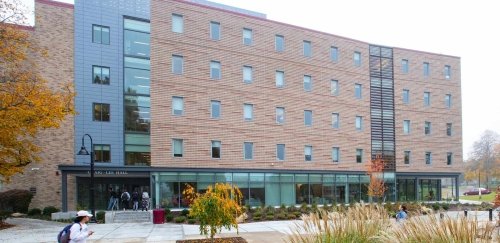
Some of the lives of RIC women leaders are written in stone.
In honor of Women’s History Month, RIC pays homage to the women whose storied lives live on in the buildings named after them.
Craig-Lee Hall
Craig-Lee Hall is jointly named for Clara Craig and Mary Lee, two significant figures in college history.
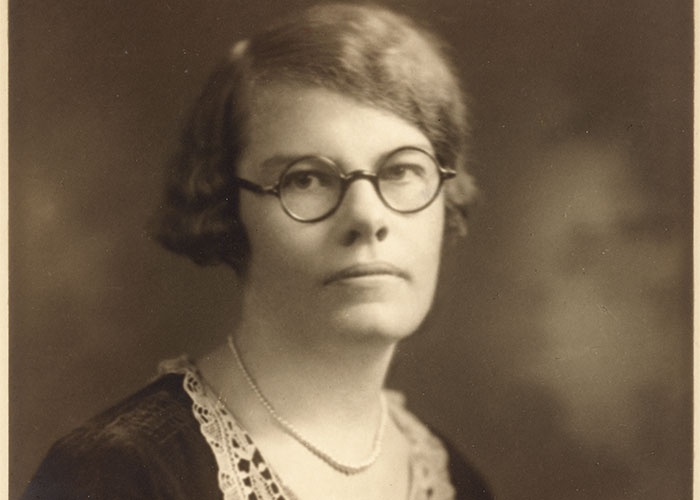
Clara Craig was one of the state’s foremost educators and one of the first to introduce the Montessori system of education in this country. In 1913 the State Board of Education sent Craig to Rome to study Madame Maria Montessori’s teaching methods with a view to its possible adoption. Upon her return to the United States, Craig recommended its adoption in Rhode Island schools and volunteered to give the method a trial at the Rhode Island State Normal School. The basic principle of the Montessori system, she said, is “auto-education,” which banished the old-fashioned dogmatic instructor and converted the schoolroom into a laboratory, leaving the child free to develop in a natural, untrammeled way. She reorganized the Henry Barnard School, the campus laboratory school, along the principles laid down by Madame Montessori, the success of which attracted national attention.
Her long tenure (47 years) with the college began following her graduation from the Rhode Island College of Education (R.I.C.E.) with a master’s degree. After serving as a principal in the Providence school system, she became professor of practice and director of teacher training at R.I.C.E., and in 1936 she was given the additional title of dean of the institution. She was author of several books on child education, lectured extensively throughout the country, contributed to national publications on education and was the recipient of many honorary degrees. Craig concluded her 47-year career with her retirement in 1940 and died in 1943.
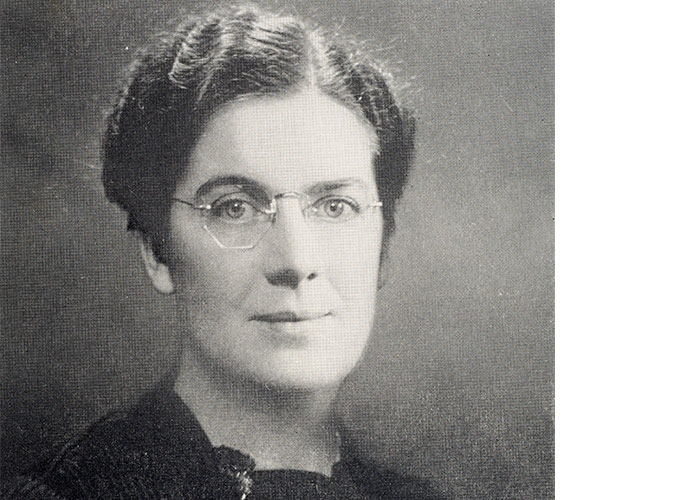
Mary Lee completed both her bachelor’s and master’s degrees at Rhode Island College. Mentored by Clara Craig, she succeeded Craig as director of teacher training in 1940. Lee’s love for the college was evident in her involvements as president of the Rhode Island College Alumni Association, president of the Rhode Island Institute of Instruction and member of the Board of Regents for Rhode Island State College and Rhode Island College. The late-President William Gaige described Lee as a “human milestone” who helped the college to grow and develop its educational programs for teachers. Lee died in 1957 at the age of 51.
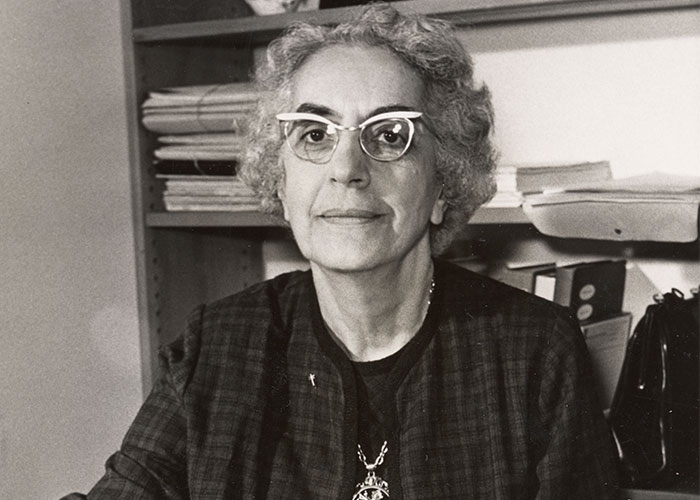
Mary Tucker Thorp Residence Hall
Born in 1899, Mary Tucker Thorp began teaching in 1917 in the Hopkinton schools. She later attended the Rhode Island Normal School and the Rhode Island College of Education (predecessors of Rhode Island College) and went on to serve as a principal in Jamestown, a teacher and then director of laboratory experiences at Henry Barnard School, the campus laboratory school, from 1926-1967. She earned her master’s degree at Boston University in 1932 and her doctorate in 1943 at BU. She was named principal of Henry Barnard in 1938 and in 1953 was given the title of director and the academic rank of R.I.C.E. professor of education. Thorp has authored a number of publications and was named the college’s first Distinguished Professor. In recognition of her community involvement, she received the Roger Williams Medal of the Greater Providence Chamber of Commerce as well as commendations from Brown University and Rhode Island College. She died in 1974.
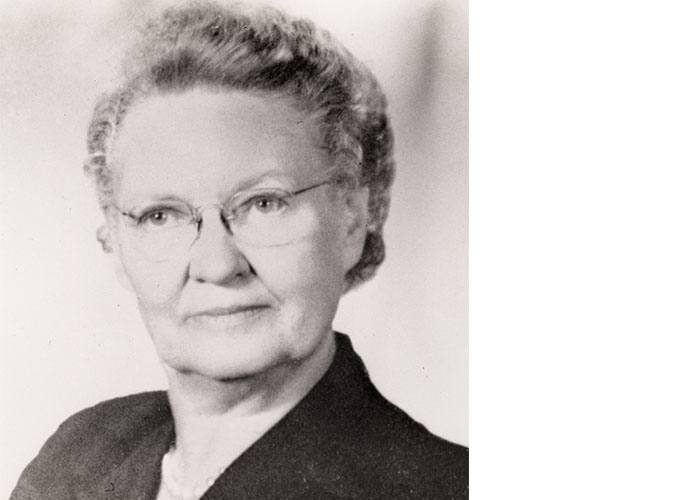
Mary Weber Residence Hall
Born in rural Illinois in 1882, Mary Weber attended the Illinois Normal School and began her teaching career at the age of 18. While teaching, in several states, she earned a B.A. from the University of Michigan and an M.A. from Teachers College, Columbia University. In 1922 she accepted a position at the Wheeler School in Providence. Two years later she joined Rhode Island College. For 28 years she taught mathematics while overseeing the operation of her farm in Illinois. During the summers of 1943 and 1944, she contributed to the war effort by operating a lathe at Browne and Sharpe. Although she was well known for her self-sufficiency and thrift, at her death in 1965 Weber willed to the college more than $125,000, the largest bequest it had yet received. Upon the recommendation of President Gaige, the college honored both her service and her generosity by naming its newest building after her.
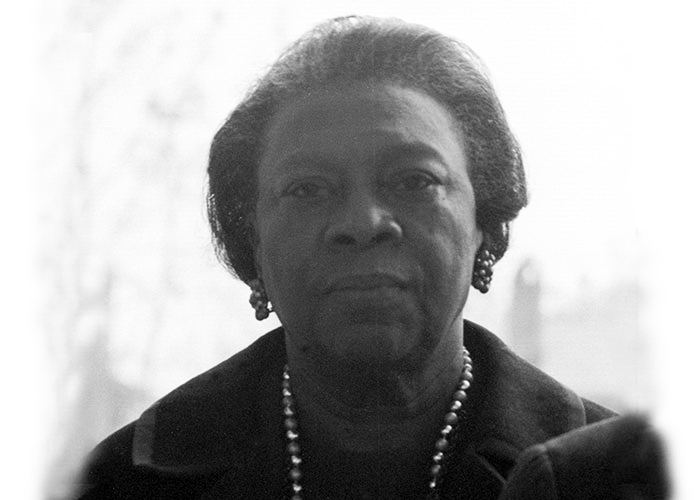
Rose Butler Browne Residence Hall
Rose Butler Browne was an educator, author and advocate. She earned her master’s degree from the Rhode Island Normal School in 1919 after receiving her bachelor’s degree from Rhode Island State College (now the University of Rhode Island). She went on to become the first Black woman to receive a doctorate in education at Harvard University in 1939. For 47 years Dr. Browne taught at traditionally black colleges in the South. She drew national attention during her tenure at North Carolina College when she refused to send students into teaching jobs in West Virginia as long as the state’s Board of Education paid Black educators less than white ones. Her career would have been impressive in any era, but the fact that she came of age in the time of Jim Crow and before the modern civil rights movement makes her accomplishments even more remarkable. In this way, her entire life could be considered an act of protest. Her actions and the publicity surrounding the case led to policy changes in West Virginia.
After retiring in 1963, Browne ran a daycare center in North Carolina, taught part time, and served as an educational consultant and board member, among other activities. Returning to Rhode Island she ran a summer school intended to enrich the lives of black children. In 1969, at the age of 72, Browne published her autobiography, “Love My Children,” detailing the influence of her great-grandmother and her dedication to fighting prejudice and engendering change. She was the recipient of many honors, including honorary degrees from Rhode Island College (1950), Roger Williams (1977) and URI (1984). Browne died in 1986 at the age of 89.
The Murray Center
The Murray Center is named after two sisters, the late Mary Murray ’33 and Catherine Murray ’34, M.Ed ’51. Natives of Woonsocket, both sisters taught for many years in Rhode Island public schools.
During their time at the Rhode Island College of Education, Catherine and Mary were highly active on campus. Mary was a member of the French and music clubs, Alpha Rho Tau, and the RlCOLED yearbook staff.
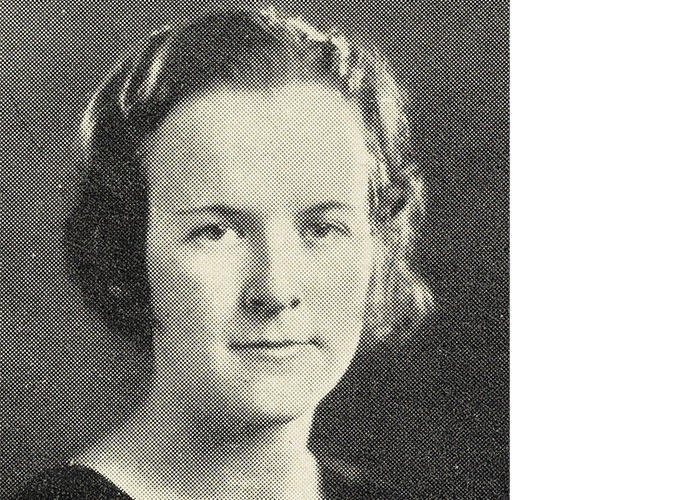
Catherine’s roles included literary editor of the Anchor, associate editor of RICOLED and 1934 class treasurer. Catherine’s nephew described her as “the teacher incarnate.
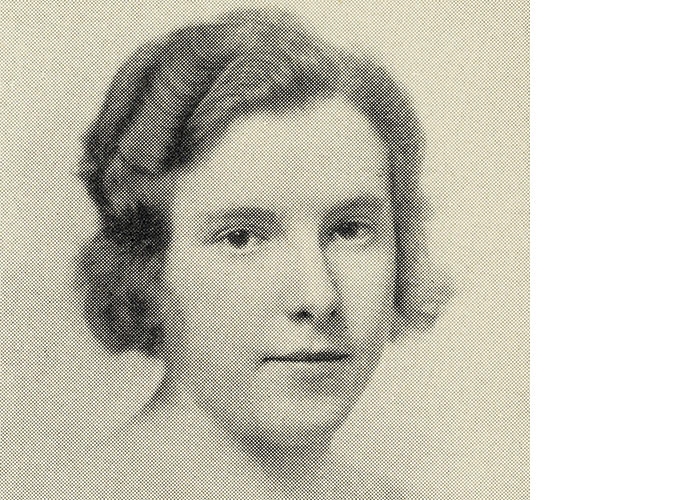
Both sisters played women’s basketball. The Murray Family Charitable Foundation donated $750,000 to Rhode Island College to establish two endowment funds – one to support athletics and student-athletes and the other to provide financial support for students in the Feinstein School of Education and Human Development.
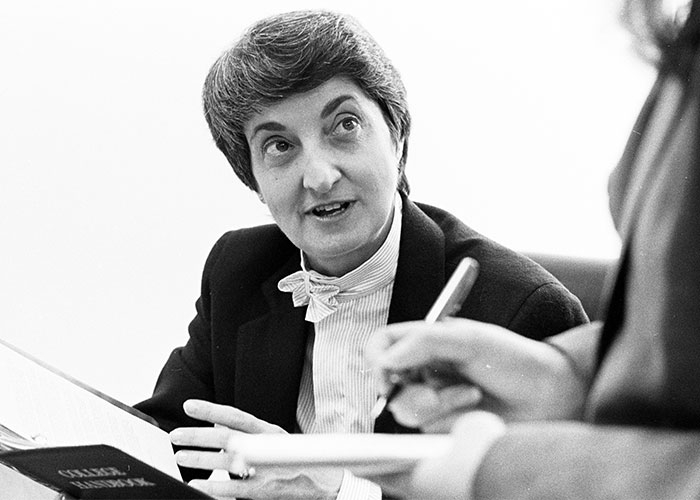
Guardo Hall
Carol Guardo was the first woman president of a public college or university in Rhode Island. She served at Rhode Island College for three years, beginning in 1986. During her presidency, one of her objectives was to turn around declining enrollment. By 1989, when she left RIC to become president of the Great Lakes College Association, the college welcomed its largest freshman class in the history of the college. The college also grew under her leadership with a new computerized registration system; major building, renovation and refurbishing projects; construction of a $3.5 million Recreation Center, the Physical Plant and the Center for Industrial Technology, which in fall 2015, was named the James R. Langevin Center for Design, Innovation and Advanced Manufacturing. Guardo.
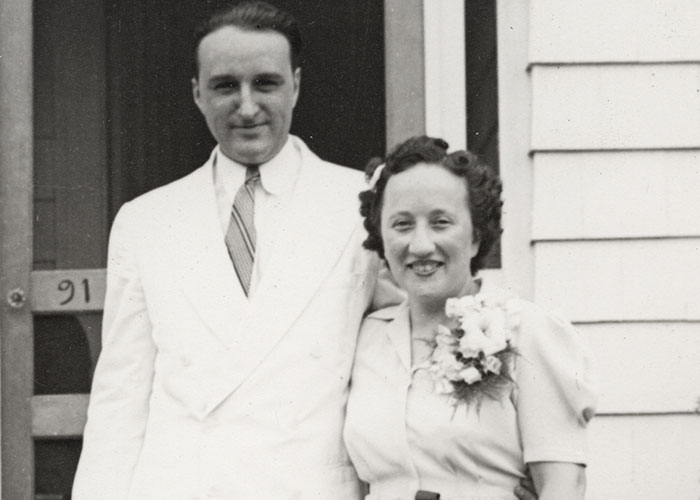
Sylvan R. Forman Center
The Sylvan R. Forman Center is the oldest building on campus (c. 1875). It was initially named the Forman Center by Helen ’34 and Sylvan Forman. An alumna of the college, Helen was a special education teacher in the Providence and Warwick school systems. Her husband graduated from the Bryant and Stratton College of Business Administration before becoming a regional postal worker. When he died in 1994, Helen donated $250,000 to the college in his name and asked that the building be renamed the Sylvan R. Forman Center. This building houses the Undergraduate Admissions Office and is one of the centerpiece administrative buildings on campus.
Upon her death in 2004 at the age of 93, Helen Forman left $5.1 million to Rhode Island College, the largest single gift ever given to a Rhode Island state college by an individual. As a patron of the arts at the college, Helen requested that the money be used to endow scholarships for students of music, theatre and dance, and special education. In addition, she designated a portion of her bequest to support an endowment for the James P. Adams Library and the President’s Music Series. The Helen Forman Theater at RIC is named after her.
With the assistance of Assistant Professor Molly Bruce Patterson, digital archivist and special collections librarian, biographical information was sourced from: the Providence Journal, the Sun Journal, “A History of Named Places and Architectural Development: Rhode Island College, 1958-2012,” by Elizabeth Warburton; What’s News at Rhode Island College; and “Rhode Island College: Meeting the State’s Needs Through Time,” by RIC Professor of History Erik Christiansen.
